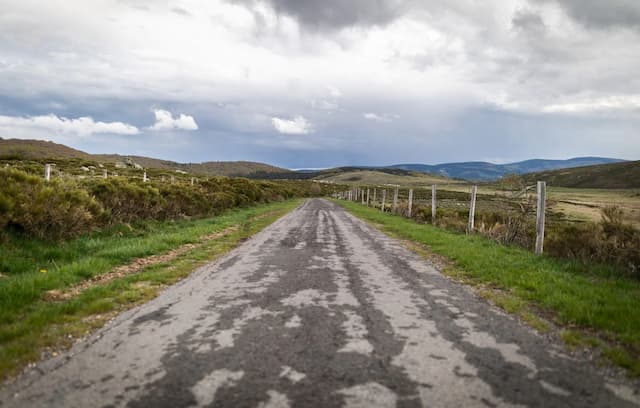Bordeaux: A Tidal on the Garonne just Produced its First Kilowatt


The Tidal H3, a demonstrator of society Bordeaux hydrotube successfully passed its first tests …
It was its first test scale. And its designers are delighted with the results. The tidal H3, a demonstrator of society Bordeaux hydrotube Energy, has spent two months in the River Garonne in Bordeaux for a series of tests. “With a current of two meters per second, we managed to produce 20 kilowatts at maximum power, which is slightly higher than what we expected” welcomes Samuel Lauret, the hydrotube society. Over a year, this would represent the power consumption of twelve Bordeaux households.
But it’s not just the power desired the Hydrotube measured. “The Garonne is a river that carries many objects, including towering tree trunks, so it also had to test the strength of the machine,” continued Samuel Lauret. Especially as the H3 is a floating tidal turbine with a submerged part. On this point, the company is also reassured: no damage was found.
Objective: A farm of turbines
“It’s been two years since our research works to define the correct propeller profile, sealing, etc … See it holds water and our production curve is higher than expected is a real relief, especially in a highly innovative field like this. ”
The objective now is to hydrotube connect his machine to the mains to actually produce electricity as that manufactured by the demonstrator has been “burned.”This should be done at the launch of Bordeaux Seeneoh project, a unique test site on the tidal river, which will be installed in a few months on the Garonne, downstream from Pierre bridge. “Seeneoh will be connected to the ERDF network. The next step, if all goes well, we will install a tidal farm in Gironde. ”
In Africa, a tidal turbine would cover consumption of 400 households
For West Africa which is seen as its target market for the hydrotube. “It’s a difficult market to penetrate but we multiply the contacts on site. In Congo, the speed of the river is much higher (over 3 meters / second) than that of the Garonne, which allows to consider an output of 60 kW. And power consumption of the inhabitants is much lower than in France: A Congolese spending 55 kilowatts / year, against 6000 for French. So we understand the value of our machines to developing countries, “said Samuel Lauret. A tidal Hydrotube used 8000 hours per year would power 400 homes in West Africa.
Unlike other companies, the hydrotube that is being developed is essentially a floating tidal turbine. Only a small portion is submerged. “If you are to install a tidal turbine, traditionally the process is that it will need several cubic meters of concrete to hang it and secure it and this is not very renewable” . “Similarly, our goal is to use the least possible wiring to connect to the network: less kW of kilometers traveled, the less expenditure of CO2. ”
150,000 euros each
The H3 is developed in partnership with the shipyard CNB (Shipbuilding Bordeaux)and the company Balineau (a subsidiary of Vinci.) The project is financially supported by the Regional Council of Aquitaine.
Hydrotube aims industrial production (with ten machines per year) by 2017, and the price of the device should run at around 150,000 euros.
Enjoyed this? Get the week’s top France stories
One email every Sunday. Unsubscribe anytime.


